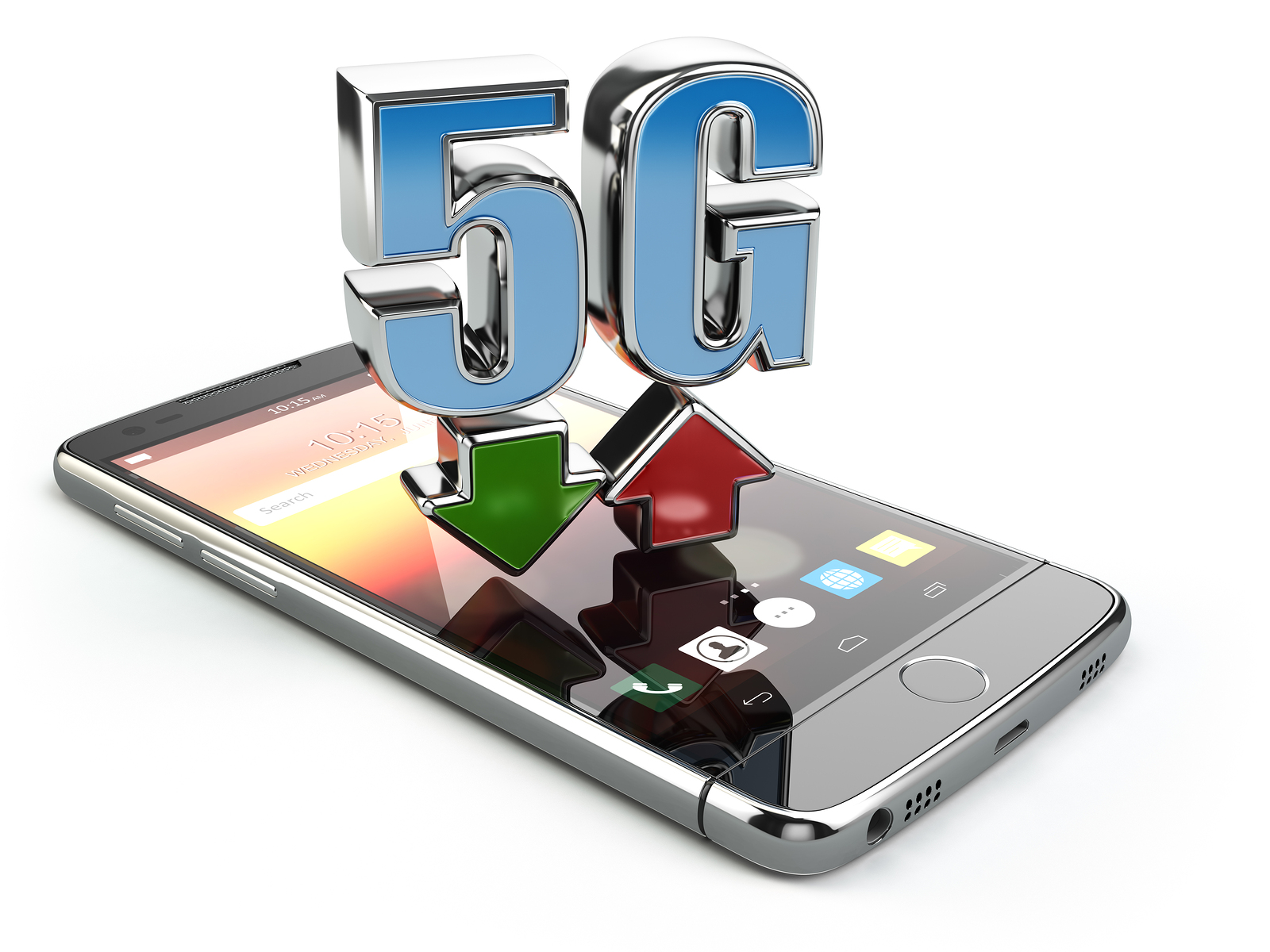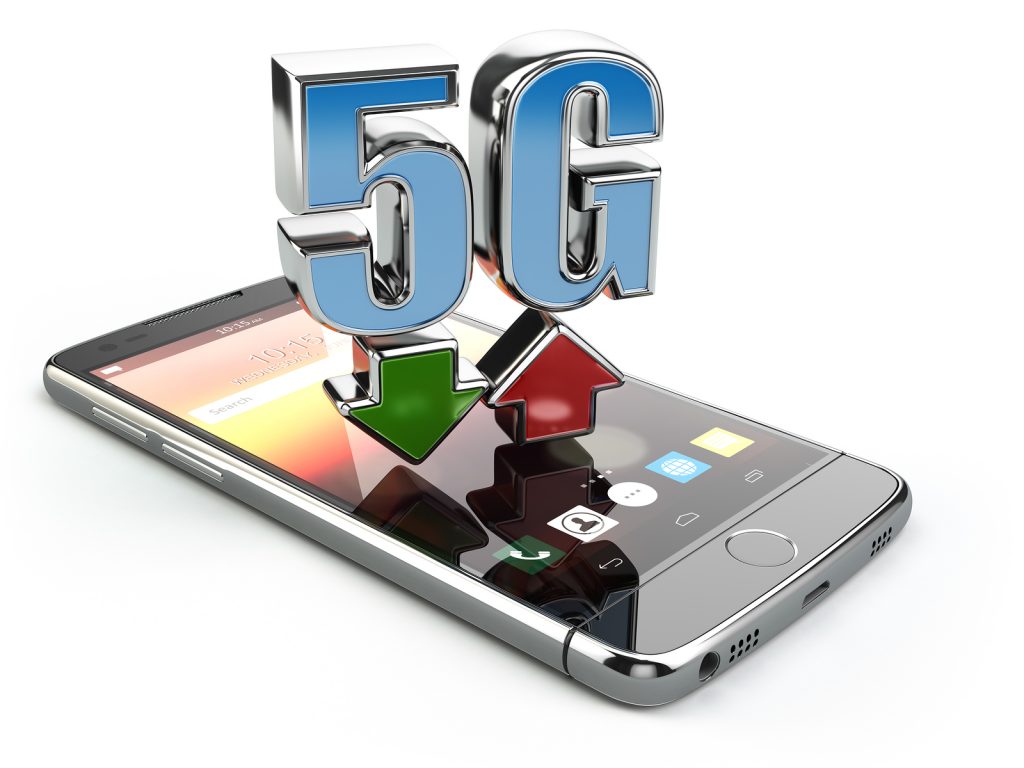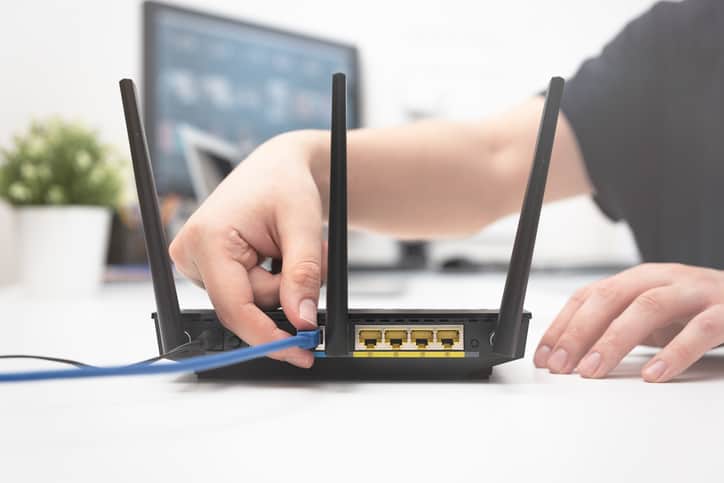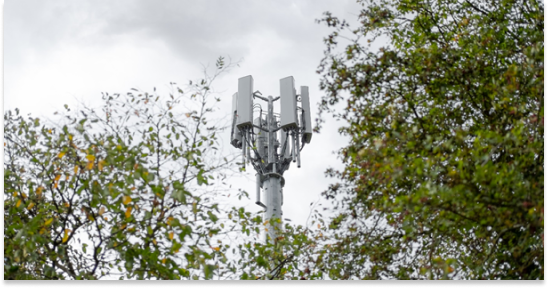Wireless Internet Gains Traction and Providers Add New Gadgets

By: Stephen Kota
The wireless home internet is, for the most part, still a niche industry. When Verizon introduced its LTE SmartHub this week, then, some consumers were genuinely puzzled.

The product – a powerful mobile broadband hotspot – seemed like a step backward for those used to the high-speed, wired broadband connections available in urban areas.
As a rural dweller, however, you’re probably not surprised to see more and more wireless internet products, like the Verizon LTE SmartHub, on the market. Rapidly evolving,
, long-range wireless technologies, like mobile broadband, will soon connect more people in more places than wired connections ever did.
The future of the internet is, most certainly, wireless, since experts expect the next generation of mobile broadband will be the backbone of “always on” Internet of Thing (IOT) devices. Here’s how rural dwellers can take advantage of the latest trends in internet technology to access faster, more stable internet connections than ever before:
Mobile Broadband is Faster and More Available
Unfortunately, mobile broadband providers are more focused on building networks that can support the IOT on building networks

Mobile Broadband is faster and will be much faster when 5G arrives
that will bring the 20 million rural Americans who don’t have the option to purchase wired internet up to speed. That doesn’t mean, however, that rural dwellers don’t unintentionally benefit from advancements in mobile broadband networks and hardware.
First, mobile broadband is faster than ever. It’s the fastest rural internet option out there these days, thanks to high download and upload speeds, combined with short lag times. Today’s 4G LTE networks reach download speeds of up to 12 Mbps – 24 times faster than 3G. That’s finally fast enough to stream video in high definition (4 Mbps) or play a real-time online game in high definition (4 Mbps).
Mobile Broadband Quick Facts
– Downlink: 5-12 Mbps (LTE), 1-4 Mbps (3G)
– Uplink: 2-5 Mbps (LTE), 1 Mbps (3G)
– Latency: 75-100 ms
– Cost: $50-$60/10GB/month
Second, network coverage is growing – not quickly, by any measure, but it’s growing never the less. Verizon’s 4G LTE network, which covers 98% of Americans, currently has the best coverage, making the new LTE SmartHub a useful gadget for many rural dwellers. AT&T’s network covers 93% of Americans and Sprint’s network covers 80% of Americans. Helped along by smaller local providers, fast mobile broadband is more available than ever.
The Future of Wireless Internet: 5G Technology
In the next five years, providers will begin rolling out the next generation of mobile broadband: 5G. Developers have yet to concretely define a single specification of the 5G standard. In general, however, developers agree that 5G should support large-scale data transmission with a low-latency, high-speed connection, and cloud-based processing.
Developers are also developing multi-RAT interworking and fully distributed network architecture for a more efficient network that will transport data at a reduced per-unit cost. The cost efficiency of 5G may motivate some providers to grow 5G networks into rural areas, rather than continue serving those markets with 4G LTE technology.
Get the Most Out of Today’s Mobile Broadband with Powerful Gadgets

Until 5G makes it to rural areas sometime in the next decade, rural dwellers can improve their wireless internet connection by keeping up with new gadgets like the SmartHub hotspot and hundreds of others like it. All major providers offer a similar dedicated product and third parties offer competitive alternatives.
Recent, quality hardware is key to building a successful rural Wi-Fi network. Ensure that you purchase an EVDO modem and wireless router that transmits across the most recent Wi-Fi technology specification, 802.11ac Gigabit Wi-Fi, for the highest-capacity home internet network on a mobile broadband connection.




